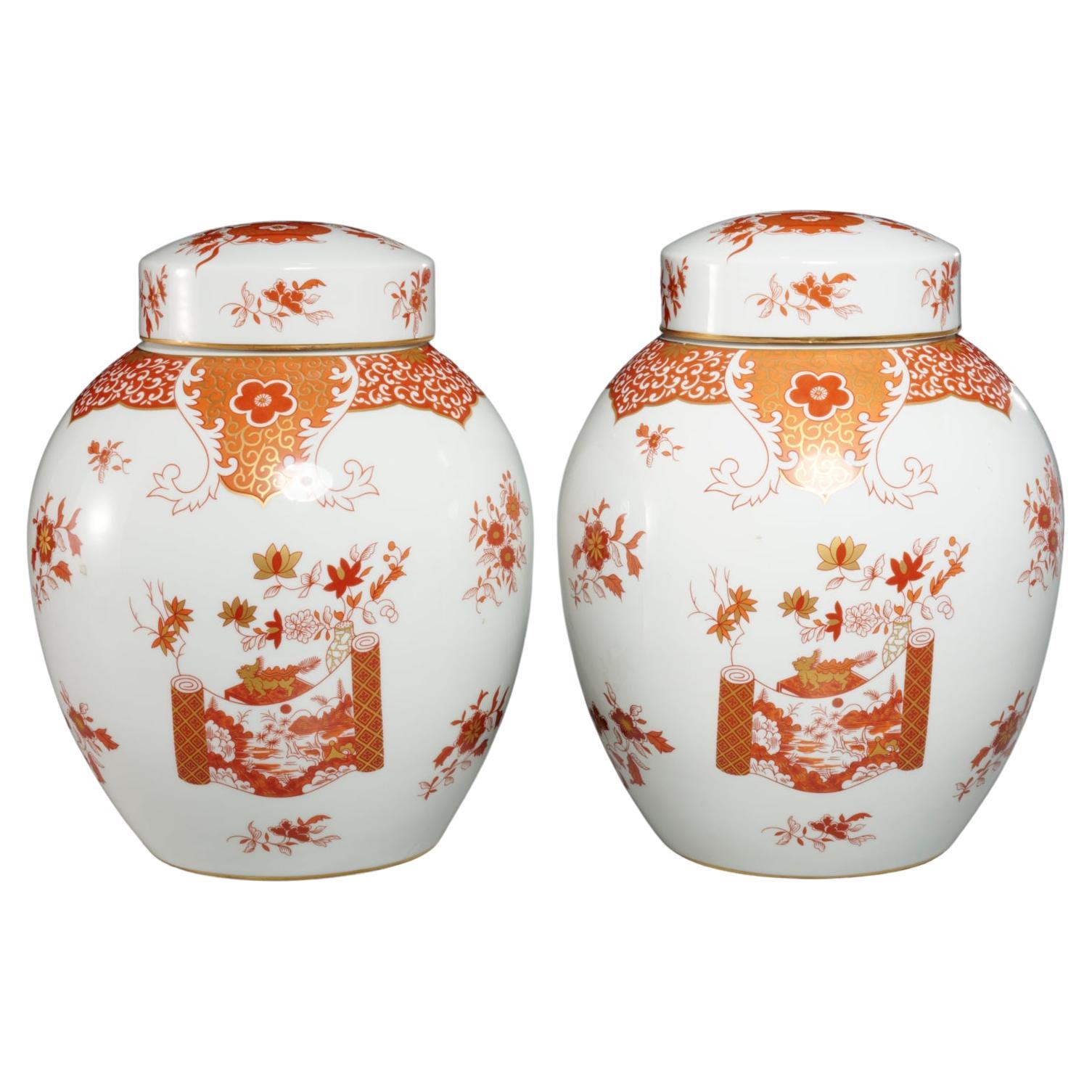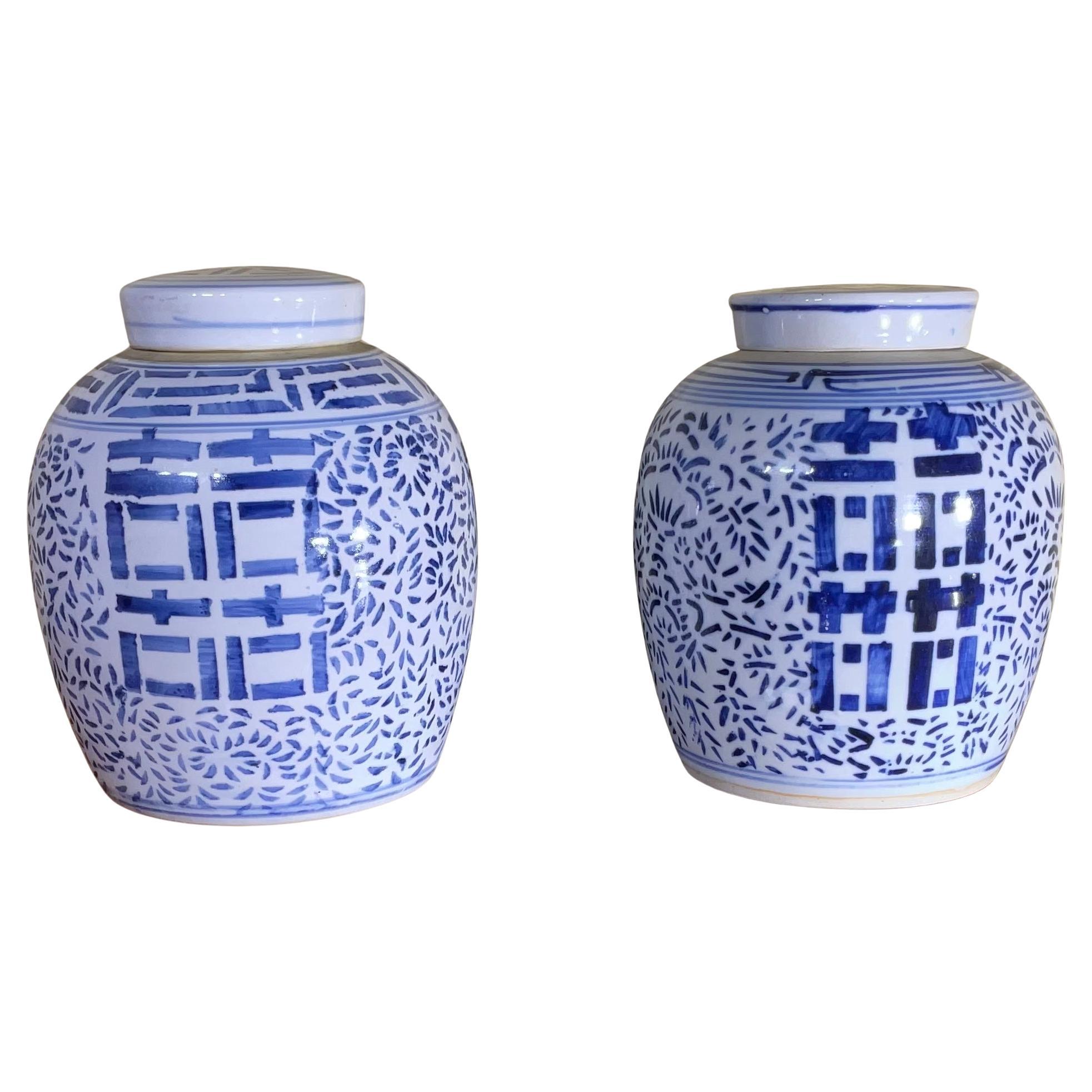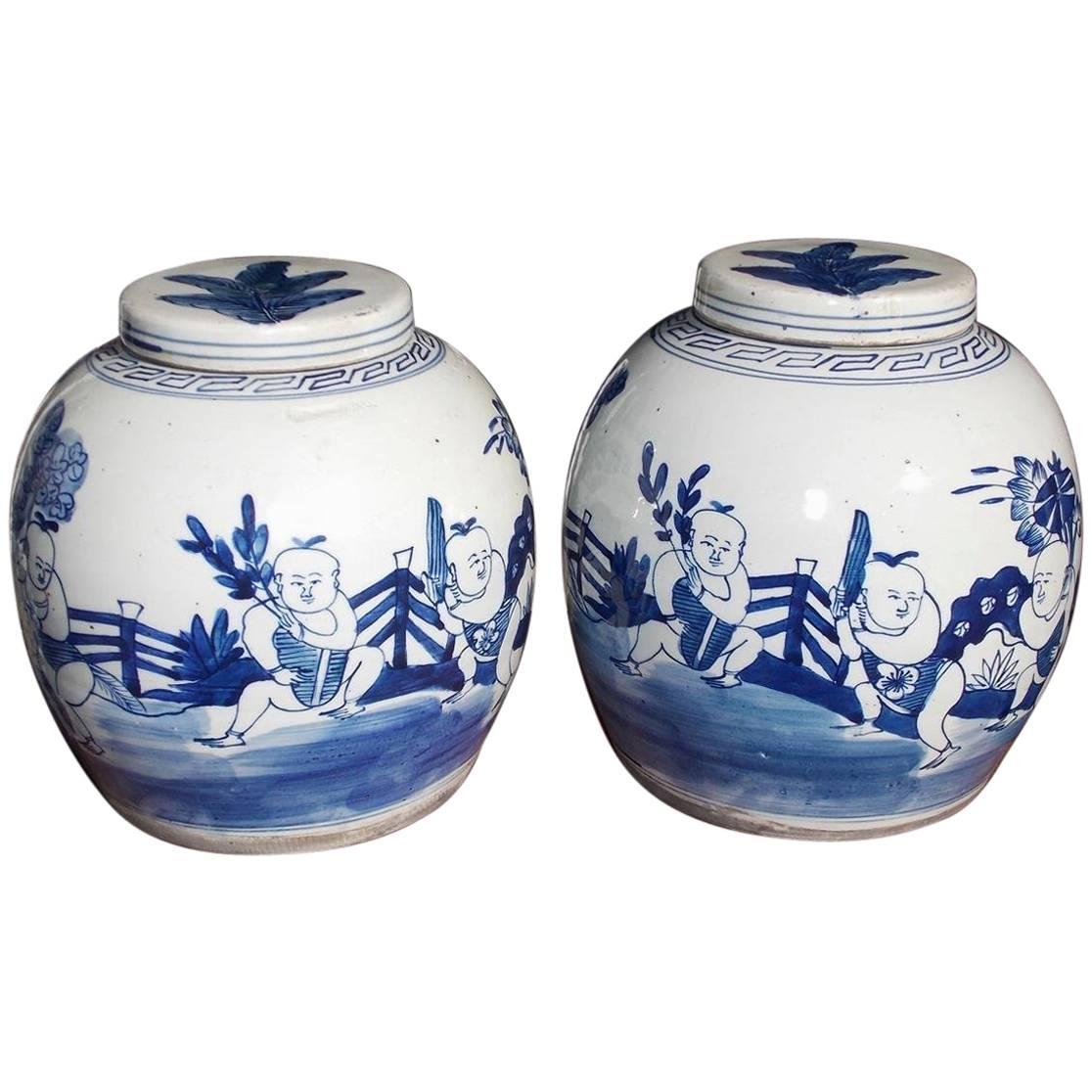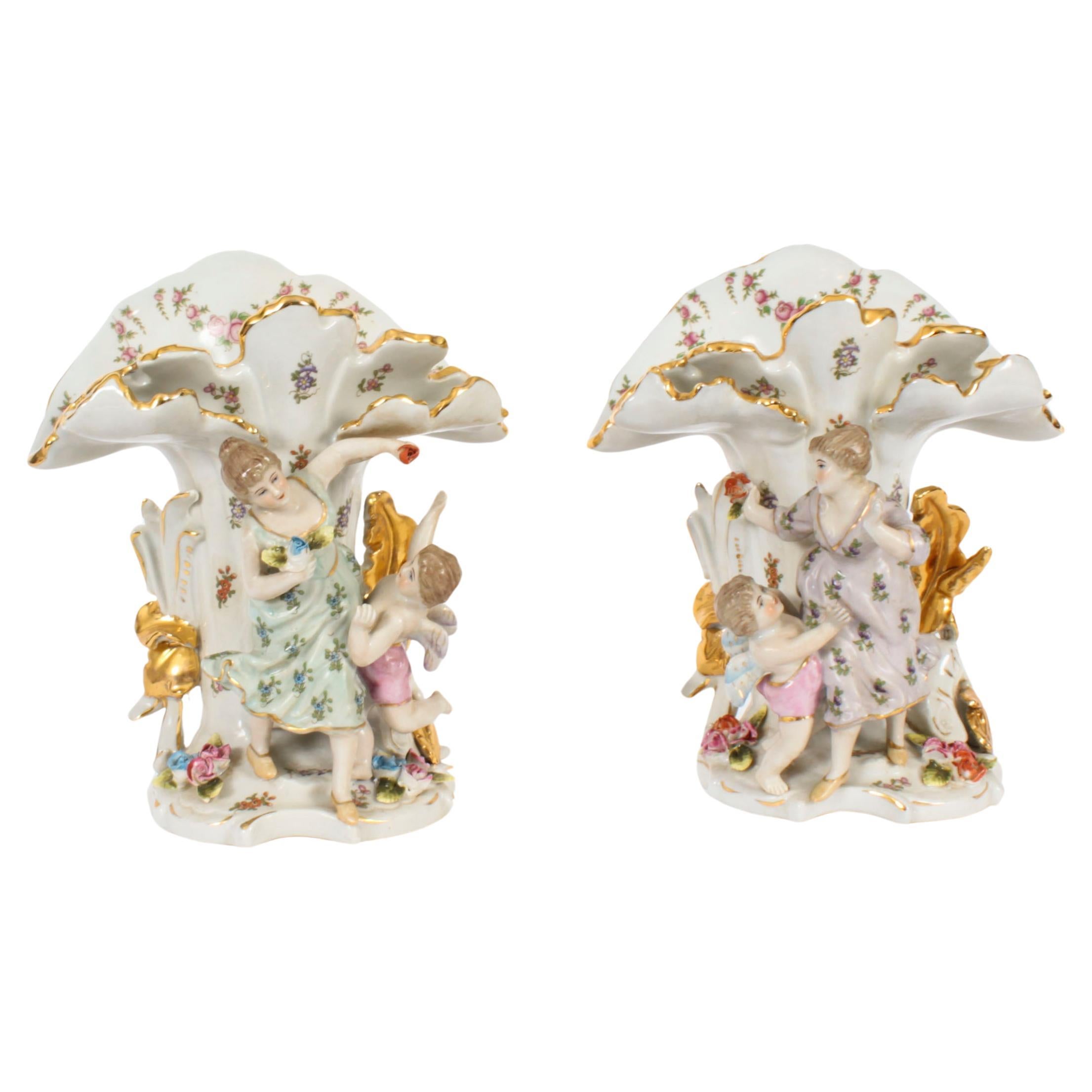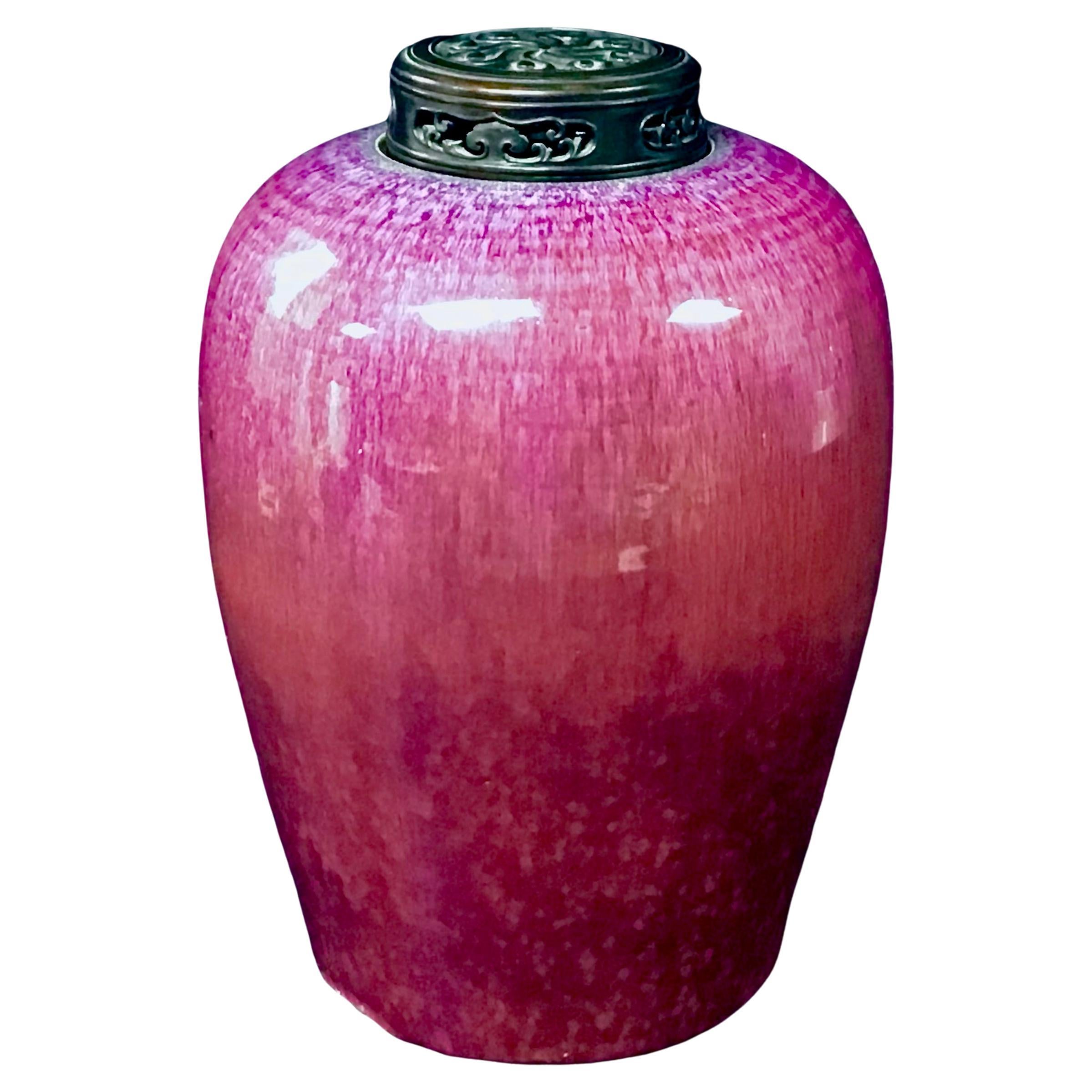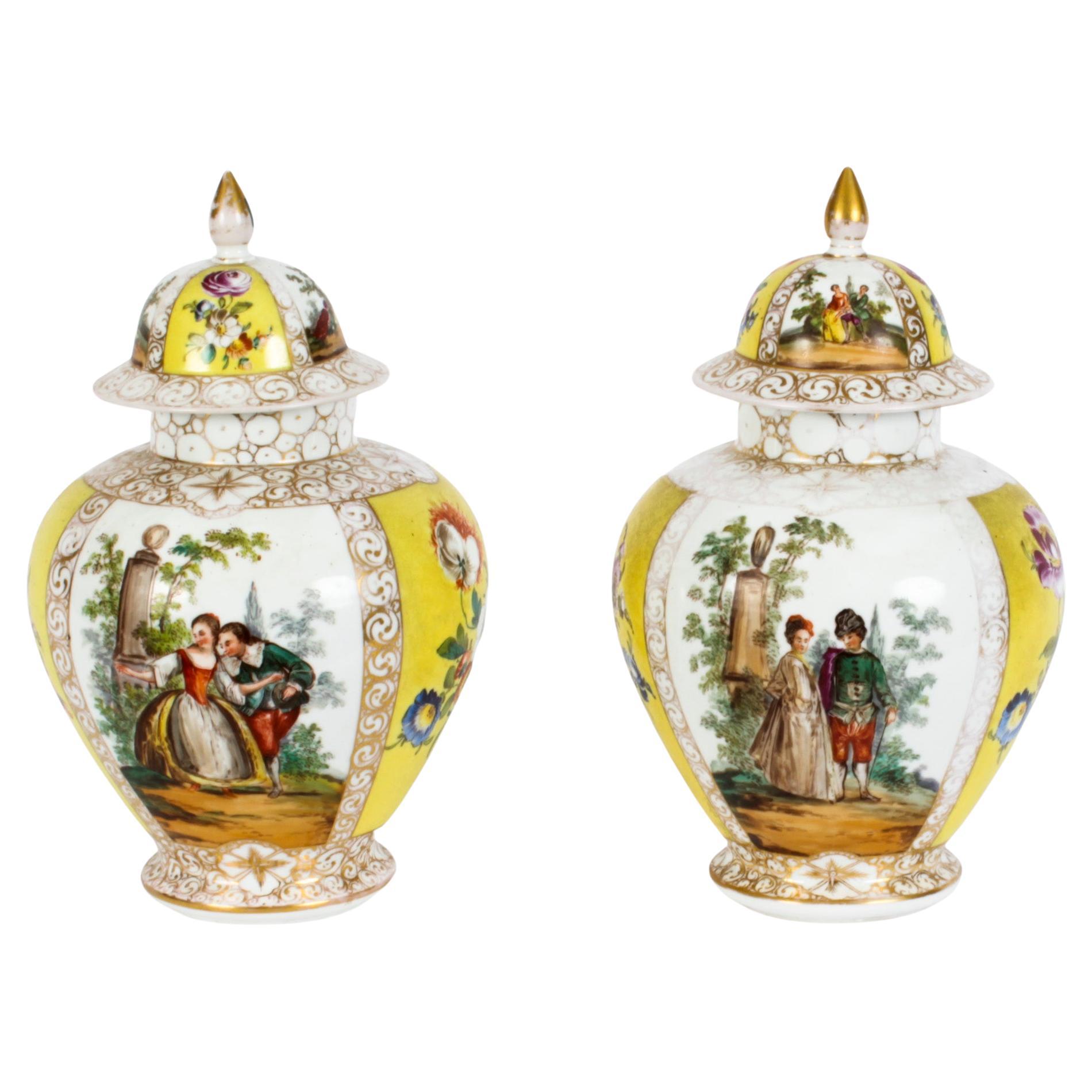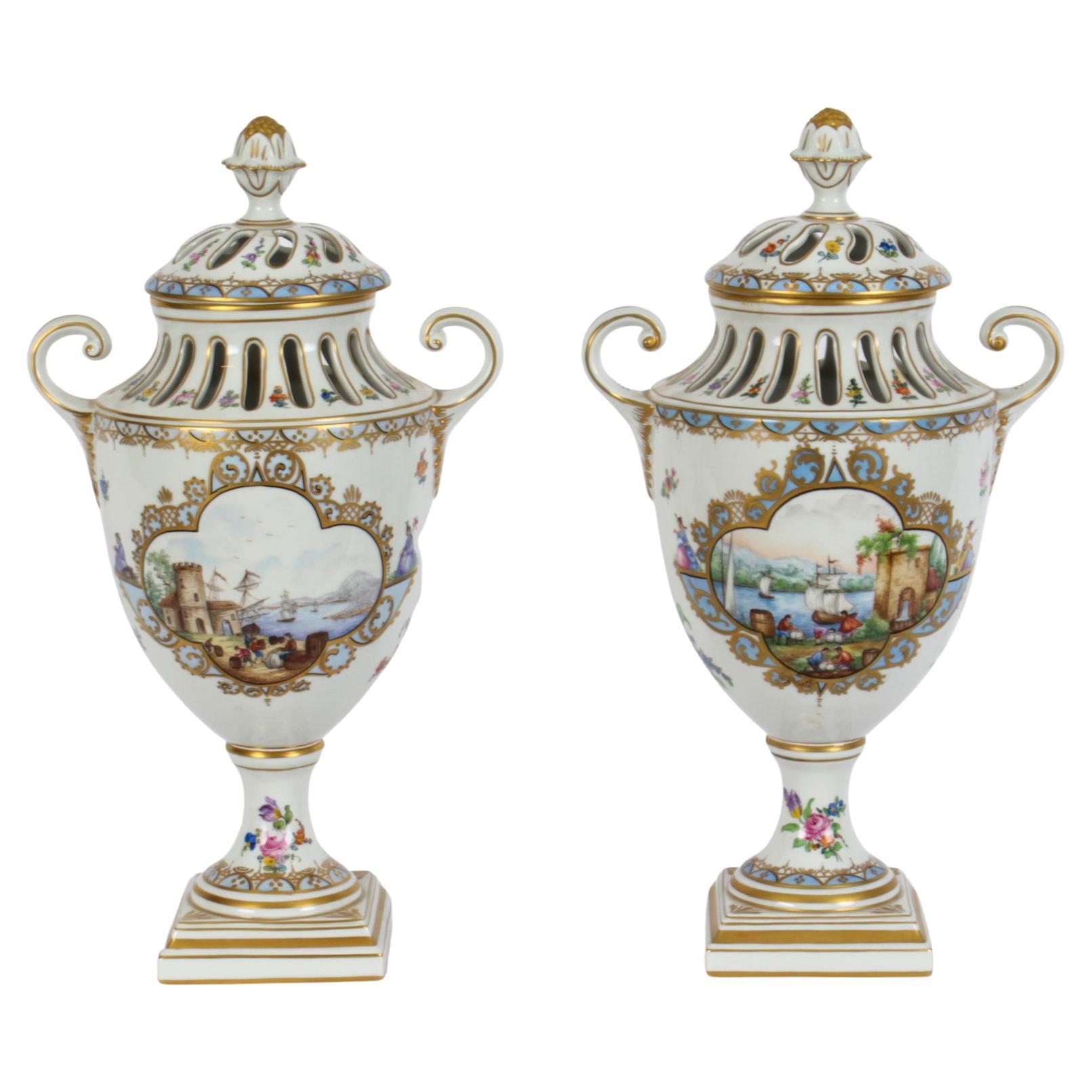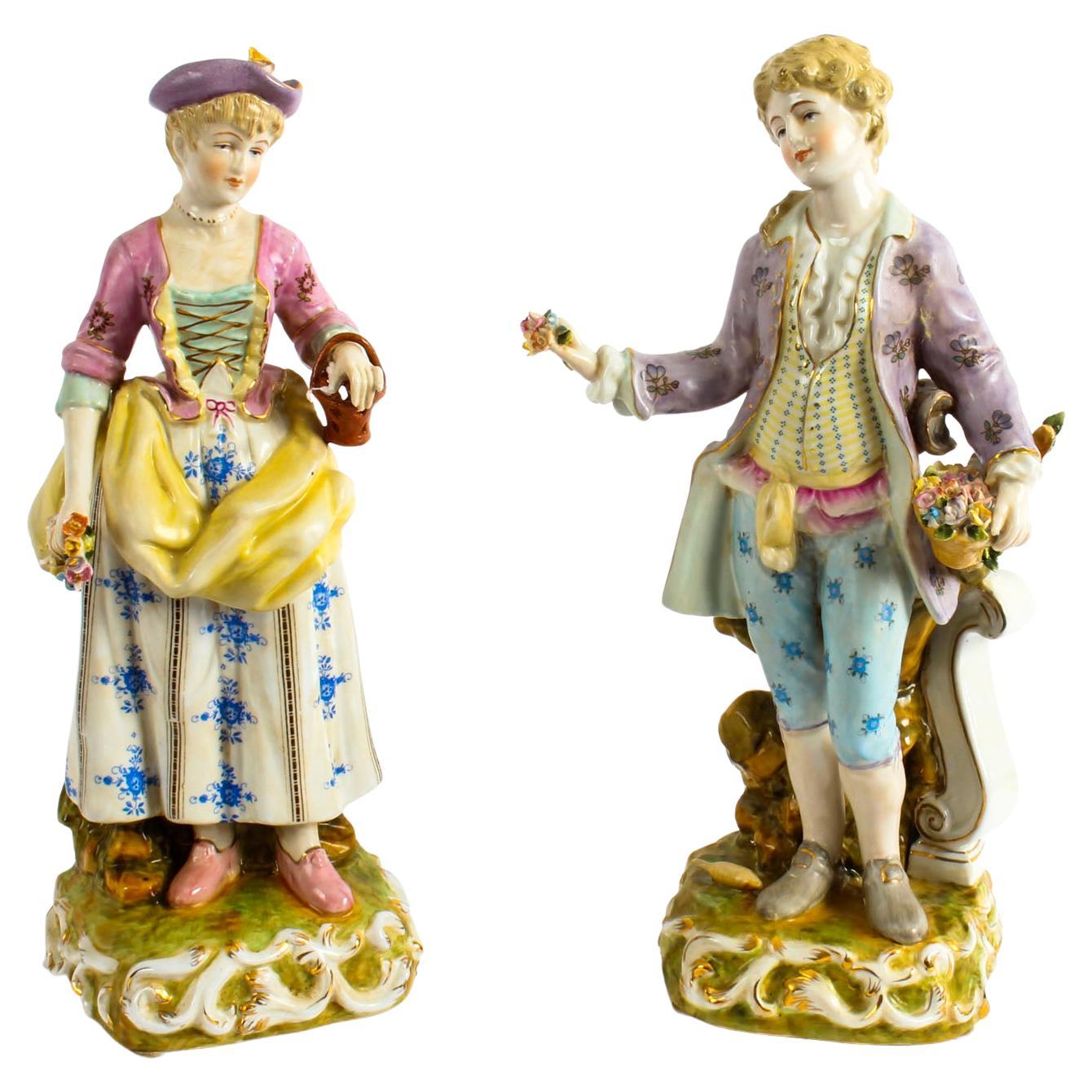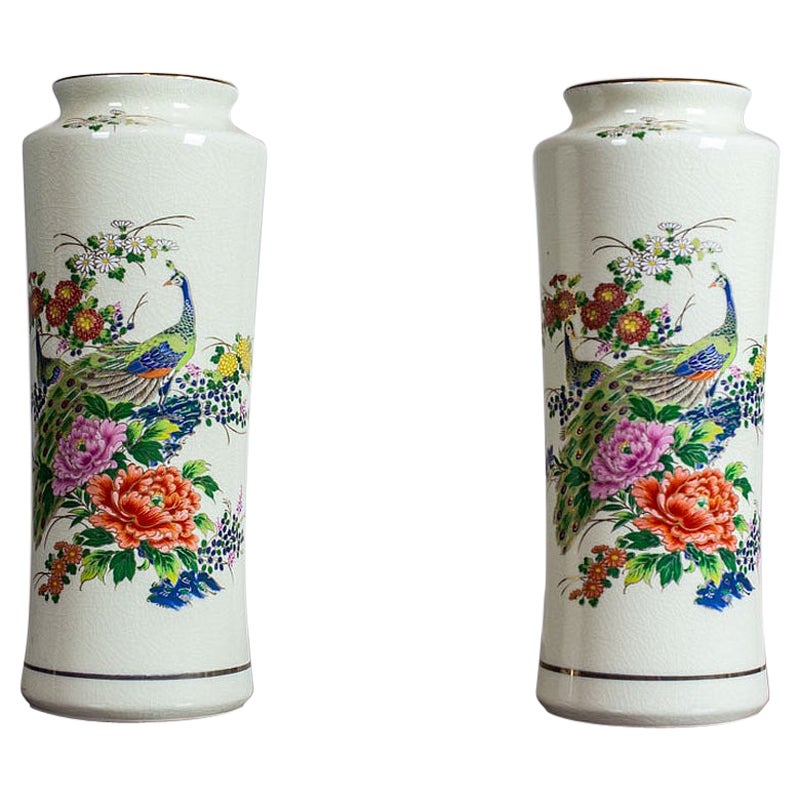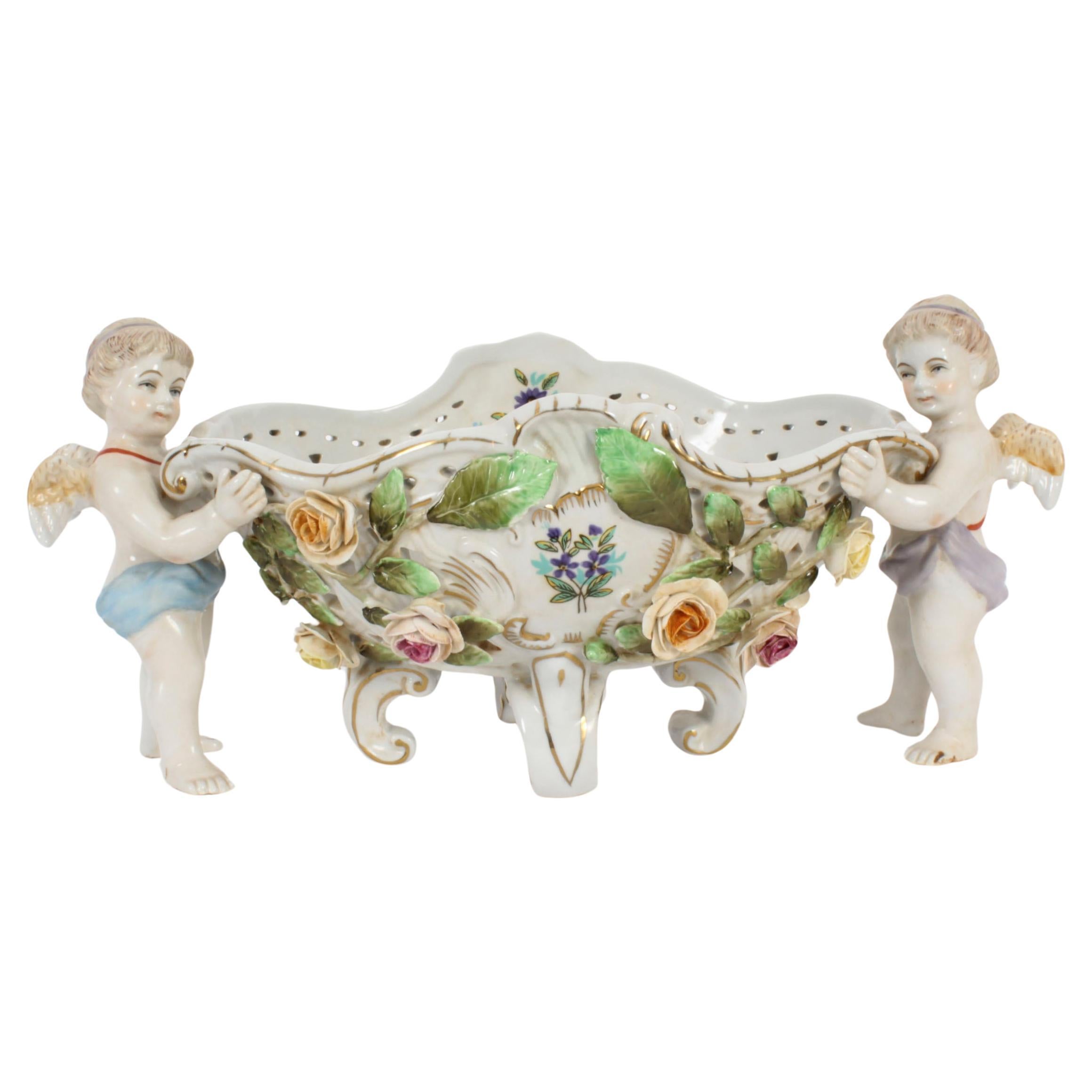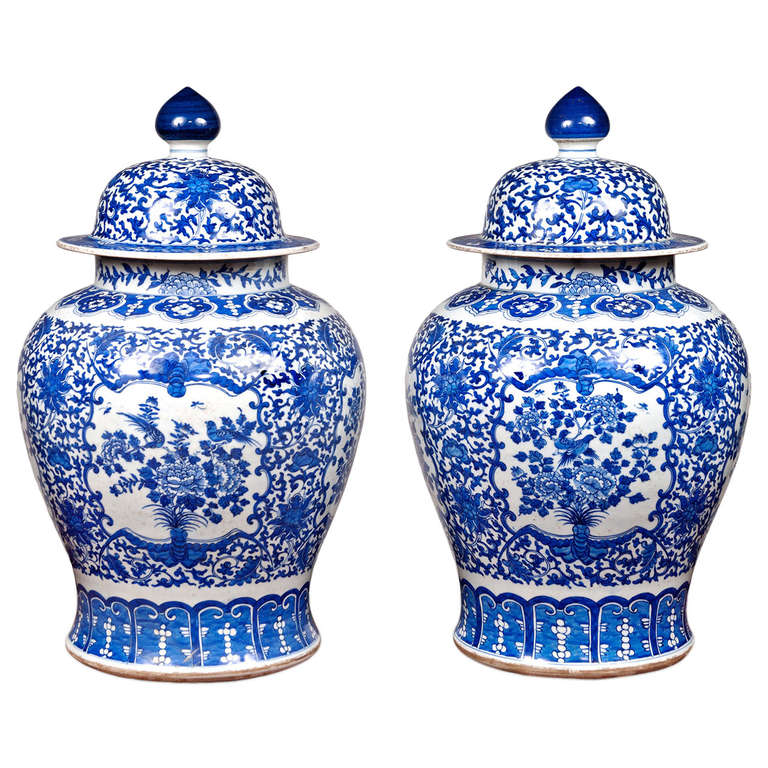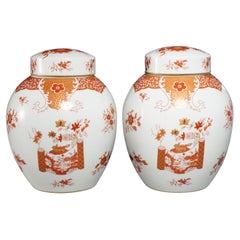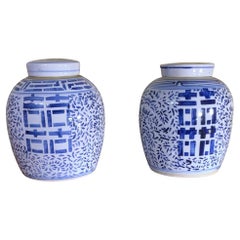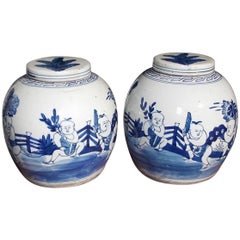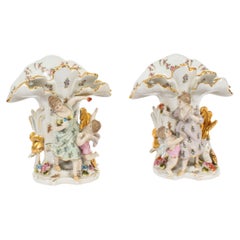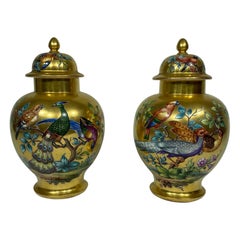
Pair of Turn 19/20th C Dresden Ginger Jars
View Similar Items
Video Loading
1 of 9
Pair of Turn 19/20th C Dresden Ginger Jars
About the Item
- Dimensions:Height: 10 in (25.4 cm)Diameter: 6 in (15.24 cm)
- Sold As:Set of 2
- Materials and Techniques:
- Place of Origin:
- Period:
- Date of Manufacture:1900
- Condition:Wear consistent with age and use. Minor fading.
- Seller Location:Natchez, MS
- Reference Number:Seller: 20-11-0071stDibs: LU808126607282
Authenticity Guarantee
In the unlikely event there’s an issue with an item’s authenticity, contact us within 1 year for a full refund. DetailsMoney-Back Guarantee
If your item is not as described, is damaged in transit, or does not arrive, contact us within 7 days for a full refund. Details24-Hour Cancellation
You have a 24-hour grace period in which to reconsider your purchase, with no questions asked.Vetted Professional Sellers
Our world-class sellers must adhere to strict standards for service and quality, maintaining the integrity of our listings.Price-Match Guarantee
If you find that a seller listed the same item for a lower price elsewhere, we’ll match it.Trusted Global Delivery
Our best-in-class carrier network provides specialized shipping options worldwide, including custom delivery.You May Also Like
Mid 20th C. Kutani Style French Porcelain Lidded Ginger Jars - A Pair
By Porcelaine de Paris
Located in Morristown, NJ
20th c., a pair of Japanese Kutani style porcelain lidded jars, stamped on Porcelaine de Paris underside of foot. The mark indicates the piece was produced in the 1970's. The jars are decorated in deep orange, tangerine and gold motifs on a white background. On one side, both jars have matching decoration depicting a scroll showing a pastoral scene. On the other side, each jar has a seperate floral depiction; one including bamboo. Both are highly decorative.
Founded 1773 by Jean-Baptiste Locre, Porcelaine de Paris, was one of the first manufactures to use the Chinese secret of porcelain. It immediately aimed for the luxury trade, selling to the Royal Courts of Europe.
After surviving the French Revolution, Porcelaine de Paris steadily produced tableware as well as purely decorative pieces, receiving orders from all over Europe. Productivity was astonishing, creating one new model every day over 30 years!
Around 1830, Jean-Marx Clauss, a German-born potter bought a building at Rue de la Pierre-Levee, where he took over Locre's activity. M. Achille Bloch...
Category
Vintage 1970s French Japonisme Jars
Materials
Gold
Pair of Chinese Blue and White Hand Decorated Porcelain Ginger Jar, 20th
Located in Delray Beach, FL
Pair of Chinese blue and white porcelain ginger jar, hand painted all-over stylized foliate decoration with central double happy symbol, 20th century, beautiful object of art for dis...
Category
20th Century Chinese Ceramics
Materials
Ceramic, Porcelain
Pair of Chinese Porcelain Glazed Figural Ginger Jars with Lids, 20th Century
Located in Charleston, SC
Pair of Chinese blue and white porcelain glazed decorative figural and floral ginger jars with the original removable lids, 20th century.
Category
20th Century Chinese Chinese Export Porcelain
Materials
Porcelain, Paint
Vintage Pair of Delightful Dresden Style Porcelain Spill Vases 20th Century
Located in London, GB
This is a truly magnificent pair of hand painted porcelain spill vases accomplished in the Dresden manner, dating from the second half of the 20th century.
Each vase features a maid...
Category
Vintage 1980s German Porcelain
Materials
Porcelain
Early 19th Century Chinese Flambe Ginger Jar
Located in Bradenton, FL
Chinese oval flambe ginger jar with carved wood lid. Flambé ware captivates with beautiful irregularity and vibrant blue and purple tones. These strea...
Category
Antique Early 19th Century Chinese Chinese Export Ceramics
Materials
Porcelain
Antique Pair Dresden Lidded Porcelain Vases & Covers Early 20th Century
Located in London, GB
This is a beautiful pair of Dresden lidded vases and covers, circa 1900 in date.
Superbly painted with panels of figural scenes of courting couples and flowers on a yellow and gilt ground, with underglaze blue Dresden marks to the bases.
They are beautiful objects which will look fabulous in most surroundings.
Condition:
In excellent condition with no chips, cracks or signs of repair, and only very minor signs of wear comensurate with age and use, please see photos for confirmation of condition.
Dimensions in cm:
Height 32 x Width 20 x Depth 20
Dimensions in inches:
Height 1 foot, 1 inch x Width 8 inches x Depth 8 inches
Dresden porcelain - A King's Obsession
In the early 1700s, King Augustus II, prince elector of Saxony, held goldsmith Johann Bottger prisoner and commissioned him to create gold. Bottger instead discovered the method of creating porcelain, a favored and valuable item in the king's eyes.
The king announced to Europe in 1710 that he would open a porcelain manufactory in Dresden. He instead opened one at nearby Albrechtsburg castle. Espionage was rampant, and the king guarded his porcelain secret, even though it meant imprisoning workers within the castle walls.
By 1720, the secret was leaked and porcelain producers popped up in Vienna and Venice. Dresden porcelain adopted Saxon crossed swords in under-glaze blue as its distinguishing mark.
In 1736, the porcelain manufactory produced the "Swan Service...
Category
Antique Early 1900s German Porcelain
Materials
Porcelain
Recently Viewed
View AllMore Ways To Browse
Coalport Adelaide Shape
Flora Danica Spoon
Rosenthal Germany Sanssouci
Antique Rs Prussia
Royal Copenhagen Crab
Kpm Tiger
Richard Ginori Voliere
Rosenthal Sanssouci Vintage
Rosenthal Romanze
Shetland Pony
Tintin Plate Axis Paris
Hermes Voyage En Ikat
Rosenthal Sanssouci
Stig Lindberg Bersa
Oyster Plate Carl
Silver Gilt Lined German Cups And Saucers
Stevenson And Hancock
Ridgway Porcelain On Sale
